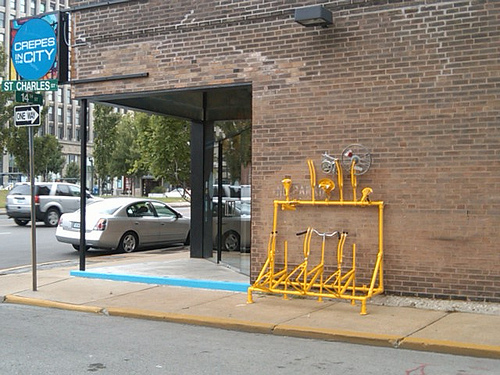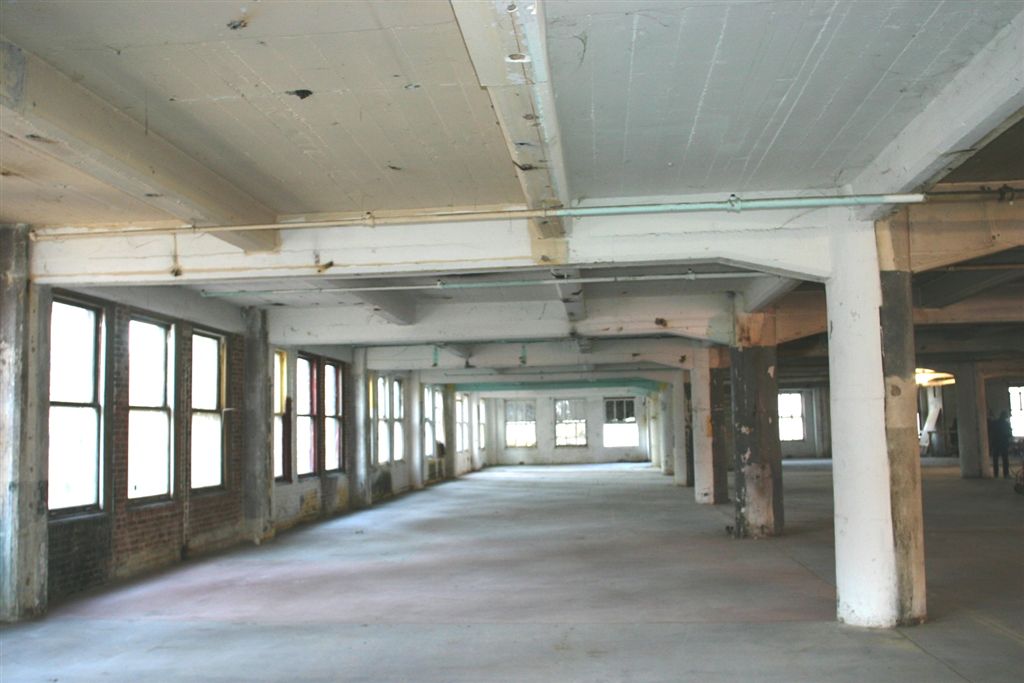
Some comments from my post on Washington Avenue made me think I had not clearly expressed some of my thoughts. Maybe the post comes off more negatively than I had intended, but I do not think that all that has happened to Wash Ave is bad. I am glad that buildings that had suffered major deferred maintenance were renovated. I am glad that there is a streetscape with trees. I'm glad that there are newer restaurants and some new retail. I am glad that there are new residents.
The things that do bother me about the transformation are that affordability is almost completely gone. I find it depressing that most of my friends and myself who are for the most part in their 30s and relatively successful could not afford a new condo in the loft district, unless it is a very small one bedroom unit. We choose then to live in the City's neighborhoods where you can still get a 2,000 s.f. house for the same price as a 900 s.f. loft downtown. I would bet that even more people would move Downtown if prices were more comparable to a house.
It bothers me that there is so much vacant first floor retail space that is over-priced so that a small business could not afford to open. One of my friends has thought about opening a new shop there, but might end up on Cherokee because of the high rent along Washington. I'm sure prices have come down some since the market crash, but there are still so many over-priced residential units in the area (that now have to be rented out) that it will take years for the market to absorb them, if ever. Meanwhile, artists and other creative people who would want to live in the district or maybe open a business there are priced out completely (except for the few affordable artist units that have existed in Art Loft and University Lofts since before the condo craze) For businesses, Crepes in the City is a good example of one that could not make it due to their high rent cost even though they were packed on weekends. I was sad to see them go.

photo by travelingmcmahans
One commenter mentioned that the people in the loft district in the 1990's were not investing in the area. I would argue just the opposite. Why should an artist that puts everything they have into a loft, even if that is not much, or a creative business that invests in equipment, furnishings and employees, but has cheap rent not be considered an investment. Sure they were not spending $100+ a square foot to renovate a building, but they were still investing what they could in an area that industry had abandoned. Yes, many buildings did need severe overhauls, but many really did not.
Artist Jenna Bauer, a fromer resident of the Leather Trades Building relaxes on a fire escape. Photo from the RFT
The Leather Trades Building on Locust is an interesting subject. When Pyramid bought it in 2006 it was full of artists, at least one architect, and a few other businesses. The elevators were operated manually, but they worked. Sure, the building had deferred maintenance, but it functioned. Pyramid emptied the building and proceeded to turn it into "luxury loft condominiums" (see article from the RFT). This failed miserably even before the market crashed, with only a few units reserved.
Almost two years after the disappearance of Pyramid, a new developer is poised to finish the now gutted and empty Leather Trades. Ironically, Dominium Development of Minneapolis will do what I had suggested to Pyramid's Development staff and convert the building back into affordable artist lofts. They will not be as large as some of the former spaces, and will likely be more expensive, but given the waiting lists at the district's existing artist buildings, the demand seems to be there. I look forward to return of artists to the building.



1 comment:
I was there for almost all of this timeline and it is too much to go into in a blog response but a key turning point was when the street was destroyed for T1 and infrastructure work. We lost several small businesses that made the area unique, after that those small businesses relocated elsewhere or just vanished while at the same time rent tripled (at least)and we lost almost all of the artists and musicians (except in Artloft which is subsidized). Now you have to ask: is having multiple vacant lofts better than having 200+ artists, cooks, musicians, entrepreneurs and small families living there. I guess it is the typical cycle of gentrification...
Post a Comment